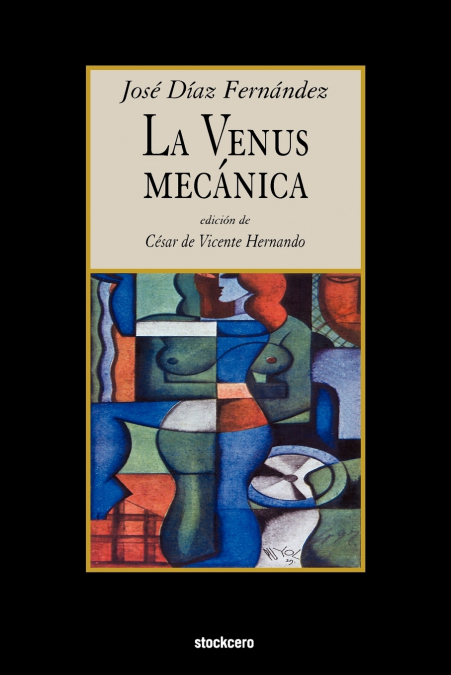La venus mecánica is one of the most important Spanish novels of the first half of the XXth Century. Written in 1929 it constitutes a key workpiece of the generation that led the largest social and political transform project of the period: a revolutionary middle class struggling for a new way of life, fostering a society free from exploitation and barbarism.Literally this novel constructed a new language by blending the formal avant-garde radicalism with social experiences critical of its own times.La venus mecánica has always had its place in the Spanish literature, as its six editions prove, even taking into account that those early decades were almost monopolized by the so called 98 generation and 27 generation.This edition focuses on understanding the literary project of this latter generation, the so called new romanticism, by studying the genealogy of its romantic ideas within their critical and social projections, highlighting ideological sources (such as that of Fermin Galan and the new social literature) as well as aesthetic ones (expressionism), while pointing out the enormous effort it must have meant for Diaz Fernandez to write in such a language as to fully express the conflictive experience with the surrounding world.Analyzed from an historical point of view this novel shows the author?s responsibility in the opening of a new literary path for the humanely emancipating discourse, as well as in the building of an avant-garde aesthetic with a social and political orientation.

